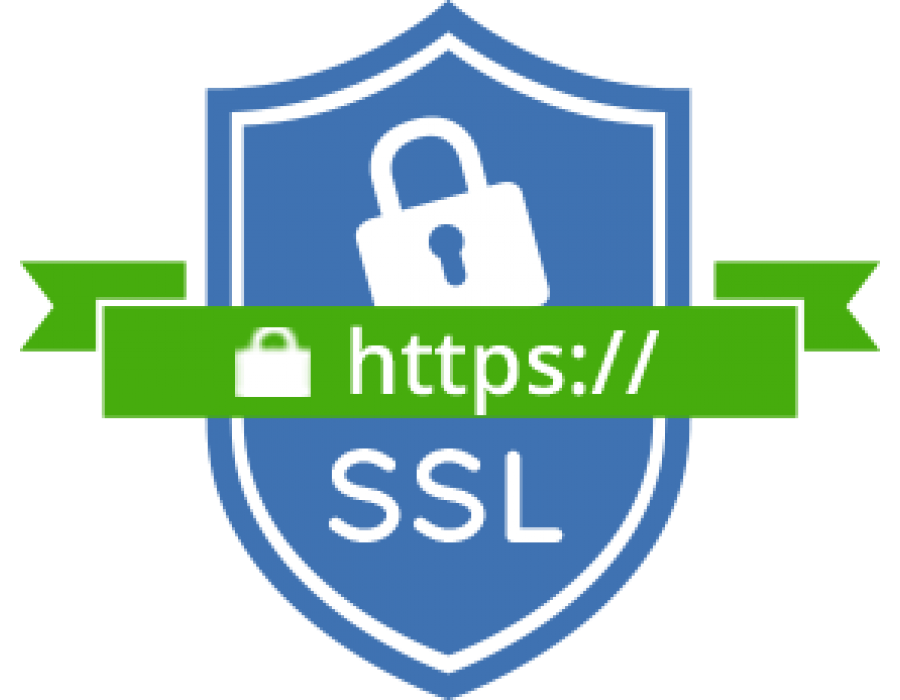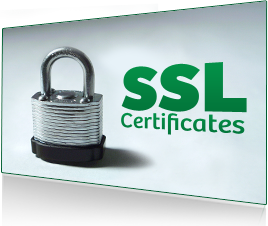SSL Certificates
The Secure Socket Layer protocol was created by Netscape to ensure secure transactions between web servers and browsers. The protocol uses a third party, a Certificate Authority (CA), to identify one end or both end of the transactions. This is in short how it works.
A web hosting service allows individuals and organizations to make their website accessible via the World Wide Web. We provide hosting solutions to our clients on the basis of their website requirements.
Our web hosting services facilitate you to publish your website on centrally managed systems that are secure, reliable and easily recoverable, and offers a reduced risk of server downtime.
We provide all kind of services like Linux Hosting, Windows Hosting, Dedicated Servers and Corporate Mailing Solution




